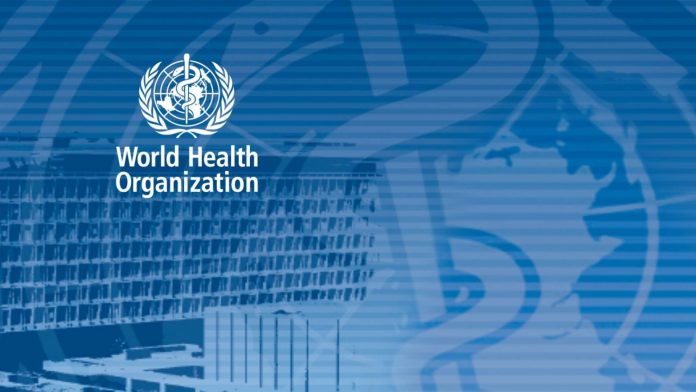Nekaj podatkov in ugotovitev iz dokumenta Svetovne zdravstvene organizacije (WHO), ki obravnava vprašanje splava skozi vidik skrbi za javno zdravje: Safe abortion: technical and policy guidance for health systems – 2nd ed. Geneva (2012), World Health Organization.
- Among the 208 million women estimated to become pregnant each year worldwide, 59% (or 123 million) experience a planned (or intended) pregnancy leading to a birth or miscarriage or a stillbirth. The remaining 41% (or 85 million) of pregnancies are unintended.
- Unsafe abortion is defined by the World Health Organization (WHO) as a procedure for terminating an unintended pregnancy, carried out either by persons lacking the necessary skills or in an environment that does not conform to minimal medical standards, or both.
- The absolute number of unsafe abortions was estimated at about 20 million in 2003 and 22 million in 2008. The proportion of all abortions that are unsafe has increased from 44% in 1995 and 47% in 2003 to 49% in 2008. Almost all unsafe abortions (98%) occur in developing countries where maternal mortality rates are high and access to safe abortion is limited.
- Approximately 47 000 pregnancy-related deaths are due to complications of unsafe abortion. In addition, 5 million women are estimated to suffer disability as a result of complications due to unsafe abortion.
- Whether abortion is legally more restricted or available on request, a woman’s likelihood of having an unintended pregnancy and seeking induced abortion is about the same. However, legal restrictions, together with other barriers, mean many women induce abortion themselves or seek abortion from unskilled providers. The legal status of abortion has no effect on a woman’s need for an abortion, but it dramatically affects her access to safe abortion.
- Impressive gains in contraceptive use have resulted in reducing the number of unintended pregnancies, but have not eliminated the need for access to safe abortion. An estimated 33 million contraceptive users worldwide are expected to experience accidental pregnancy annually while using contraception. Some of the accidental pregnancies are terminated by induced abortions, and some end up as unplanned births.
- A consensus on the public health impact of unsafe abortion has existed for a long time. As early as 1967, the World Health Assembly identified unsafe abortion as a serious public health problem in many countries. The number of declarations and resolutions signed by countries over the past two decades indicates a growing consensus that unsafe abortion is an important cause of maternal death that can, and should, be prevented through the promotion of sexuality education, family planning, safe abortion services to the full extent of the law, and post-abortion care in all cases.








